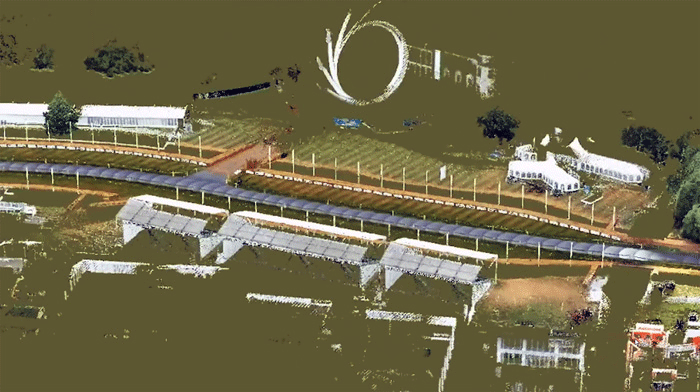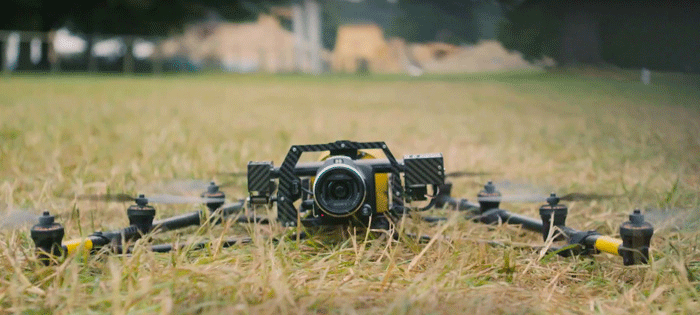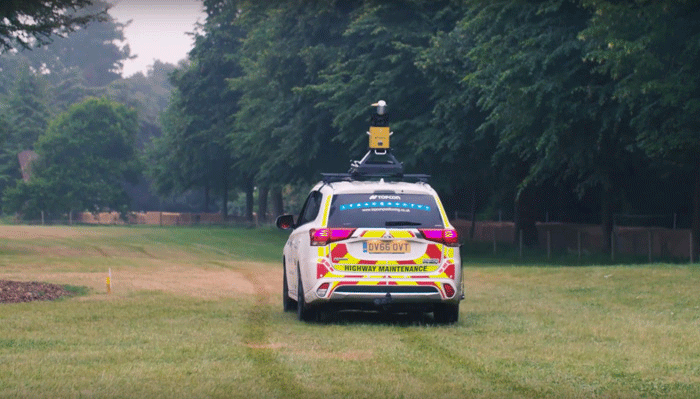At this year’s Goodwood Festival of Speed, reality capture technology from Bentley Systems was used to produce a giant 3D model of the historic event’s most famous stretch of track — the 1.2 mile Hill Climb, writes Stephen Holmes
The roar of engines and crowds is something most people might not expect to encounter on a genteel English country estate. The annual Goodwood Festival of Speed (FOS) is a notable exception and the 2017 event, held in July, had more technology on show than ever.
As part of this year’s event, Bentley Systems joined technology partner Siemens in the Festival’s new FOS Future Lab, where visitors could experience a wide range of engineering and design technologies – from virtual reality (VR) to 3D printing.

The pride of the event is its world-famous 1.2 mile Hill Climb. It’s a driveway to the stately home for 360 days of the year — but for five of them, the sliver of narrow asphalt becomes the venue where the latest supercars, F1 cars, and historic motors compete against the clock in a race to the finish.
Using its reality capture technology to bring the audience even closer to the action, Bentley captured the entire Hill Climb in one giant 3D model and, in its own race against the clock, performed all the scans necessary to do so in under two and a half hours.

Melding data from a car-mounted laser 3D scanner with photogrammetry from a drone flying the course from above, and adding additional detail from key points along the track using a standard DSLR camera, all the information was fed into Bentley’s ContextCapture software.
Designed to build accurate 3D models from a range of sources without the need for expensive or specialised equipment, ContextCapture can produce precise real-world context for design, and construction projects.
Working with up to 300 gigapixels of photos taken with an ordinary camera and/or up to 500 million points from a laser scanner, the software automatically identifies the relative position and orientation of each photo and data point, reconstructing, texture mapping and re-texturing the data to deliver accurate models.
With its details accurately captured down to centimetres, the giant Hill Climb model shows every tyre skid mark from the start line, every stone in the flint wall, and every straw bale along the course — all of which can be explored on screen or in VR.

Although the Goodwood crowds were delighted to be brought virtually onto the track, the technology has more purpose in construction sites and facilities management. The tools give the ability to regularly monitor how a build is progressing, or assess how a factory plant has been set up for manufacturing, utilising low-cost, high-speed data collection.
■ bentley.com/en/products/brands/contextcapture
If you enjoyed this article, subscribe to AEC Magazine for FREE






